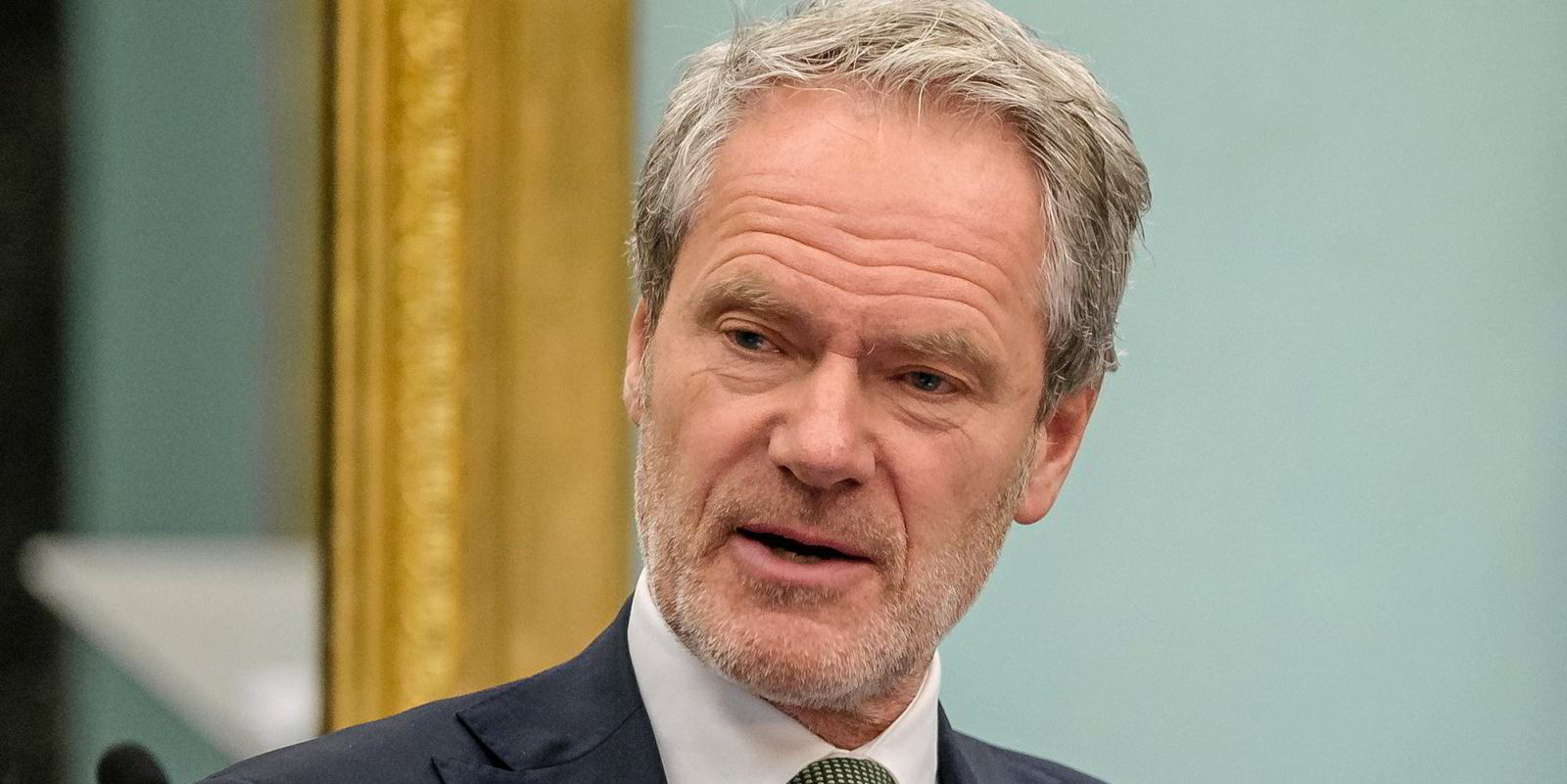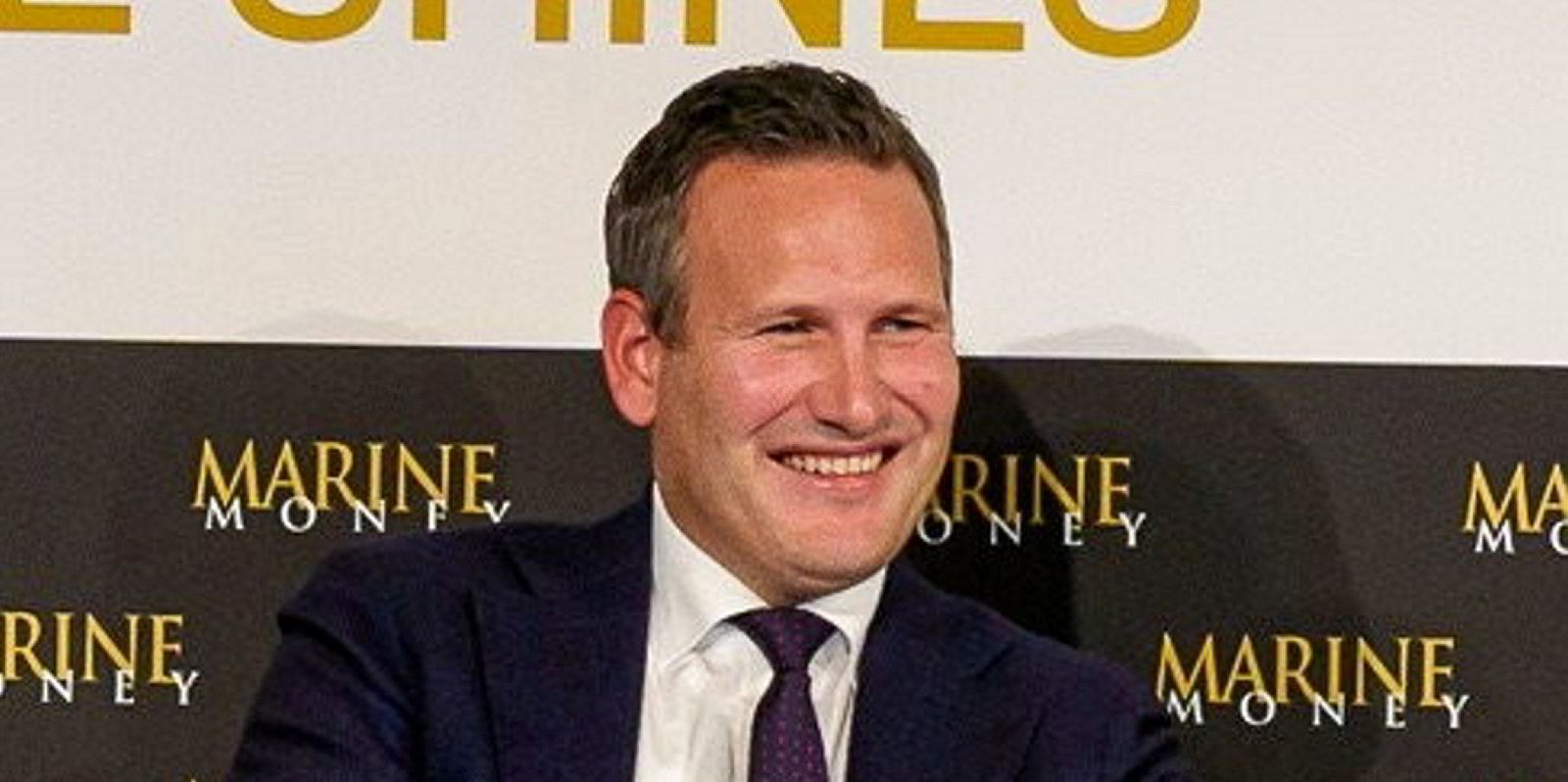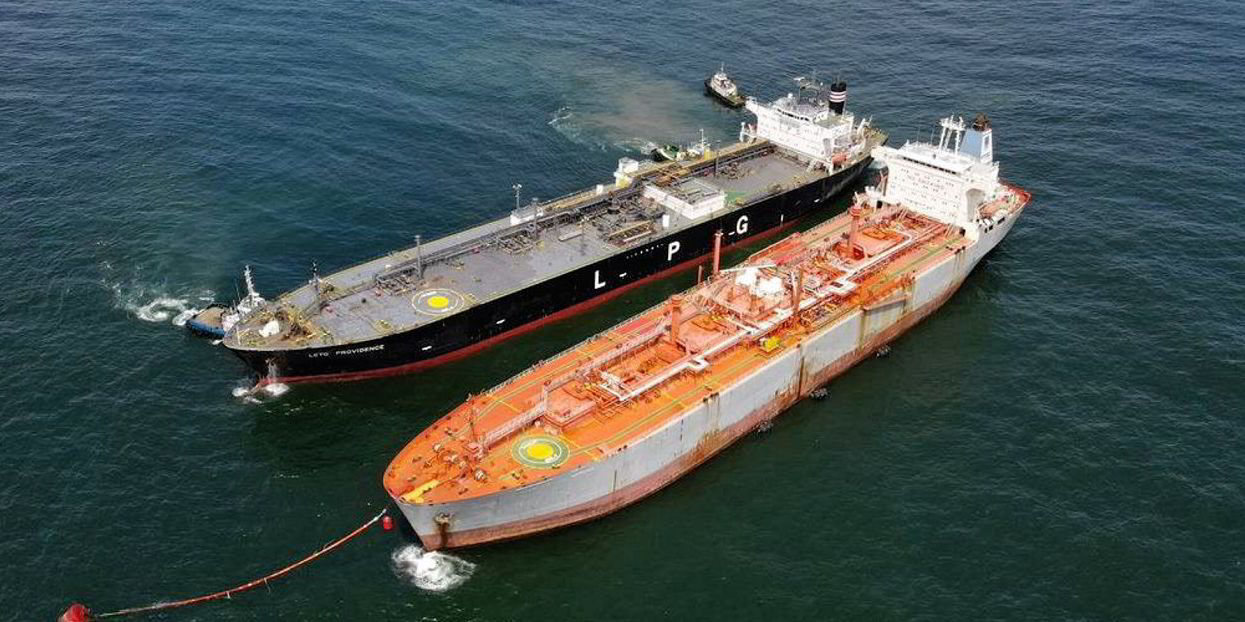BW LPG has continued to ship out older VLGCs as it brings in newer vessels.
The Oslo-listed, Singapore-based owner said it has taken advantage of a strong secondhand market to offload the 82,000-cbm BW Thor (built 2008) to an unnamed owner.
Brokers said it fetched $55m with a special survey due.
Prices continue to firm in the sector, with VesselsValue assessing the VLGC as worth only $52m. It was valued at $48m a year ago.
The 82,400-cbm BW Odin and 84,500-cbm BW Austria (both built 2009) were sold to Vietnam’s FGAS Petrol in the fourth quarter for $59m each.
These three disposals will result in a book gain of $42m, BW LPG said.
The company has also exercised purchase options for two leased Japanese vessels: the 84,200-cbm BW Messina (built 2017) from Nissen Kaiun and 83,300-cbm BW Kyoto (built 2010) from Meiji Shipping.
Prices were not revealed, but it said the deals were done “at attractive discounts”, with delivery expected in the second and fourth quarters respectively.
And BW LPG has expanded its pooled fleet with nine more VLGCs.
Extra vessels were added by trader Vitol and shipowner Exmar, alongside five from BW LPG’s own new subsidiary BW Product Services, formed through the takeover of Vilma Oil’s LPG trading operations and fleet.
Biggest VLGC pool
The pool now comprises more than 30 VLGCs, the world’s largest.
The owner achieved fourth-quarter rates of $53,300 per day, and it has fixed 84% of available fleet days in the first quarter at an average rate of $56,000 per day.
Fourth-quarter net profit increased to $95.1m from $62.9m in the same period of 2021, as revenue jumped to $233.7m versus $117.9m, due to higher LPG spot rates and fleet utilisation.
The 2022 profit stood at $239m.
BW LPG said the net debt leverage ratio remained low at 24% in the final three months, mainly due to solid cash flows from operations and investing activities.
The board will pay out 100% of net earnings as dividends if this level goes below 20%.
For 2023, the company remains optimistic amid high volatility.
“Key underlying drivers include strong US and steady Middle East export growth, starting up of propane dehydrogenation … plants in China post-Covid and continued shipping inefficiencies from heavy dry-dock schedules and Panama Canal congestion,” it said.






